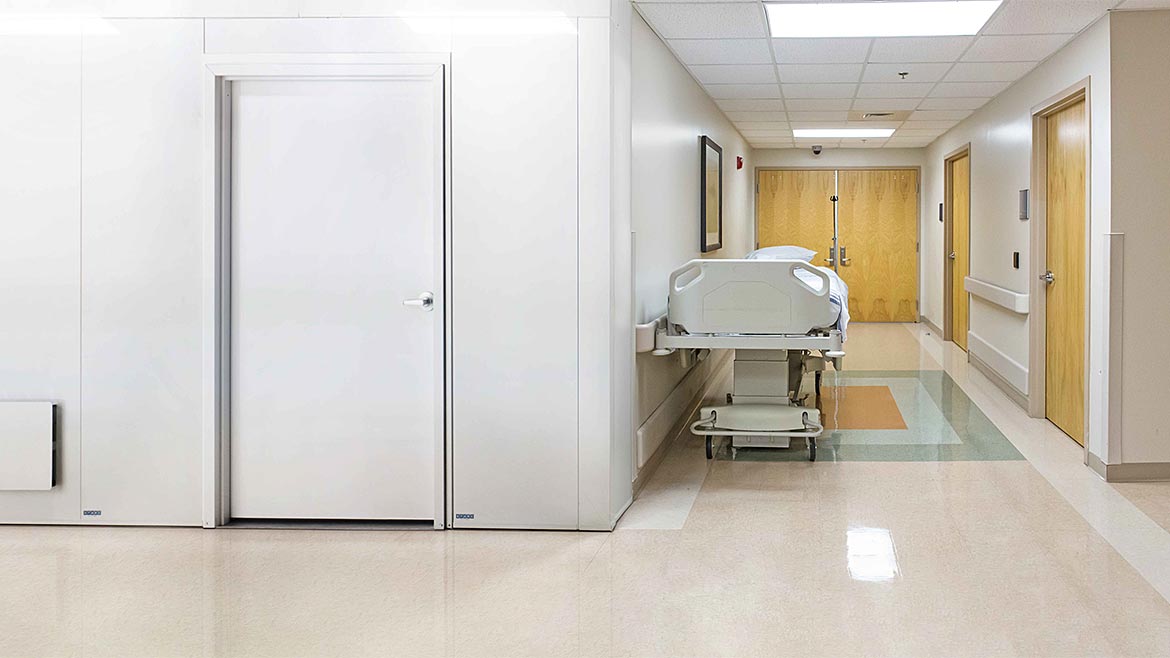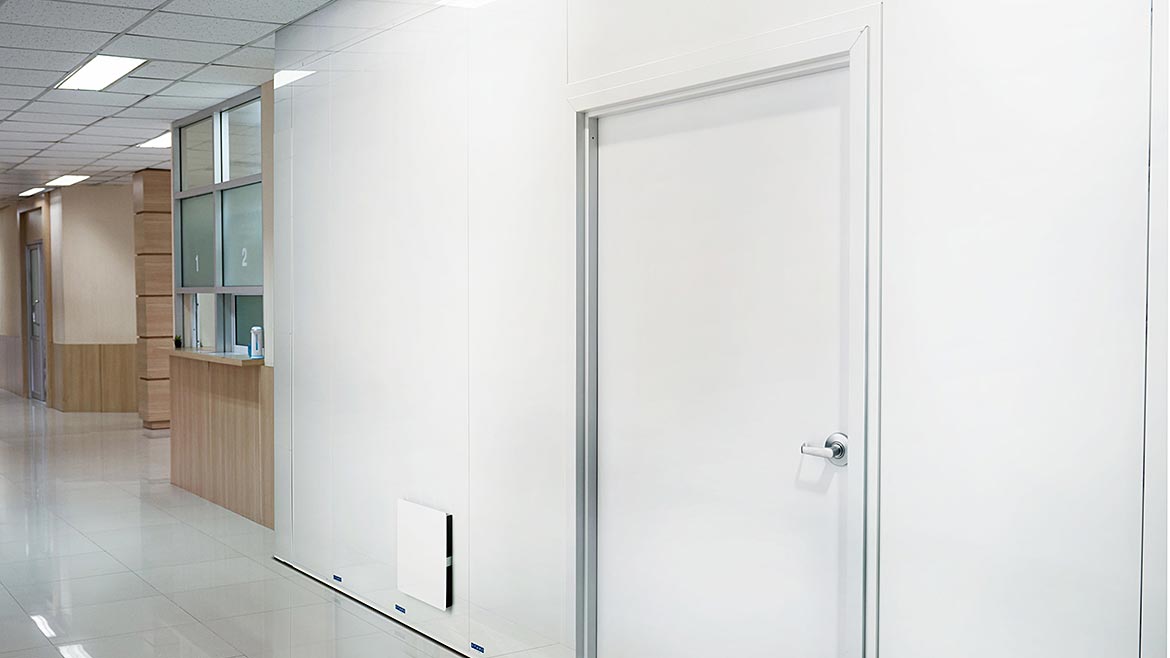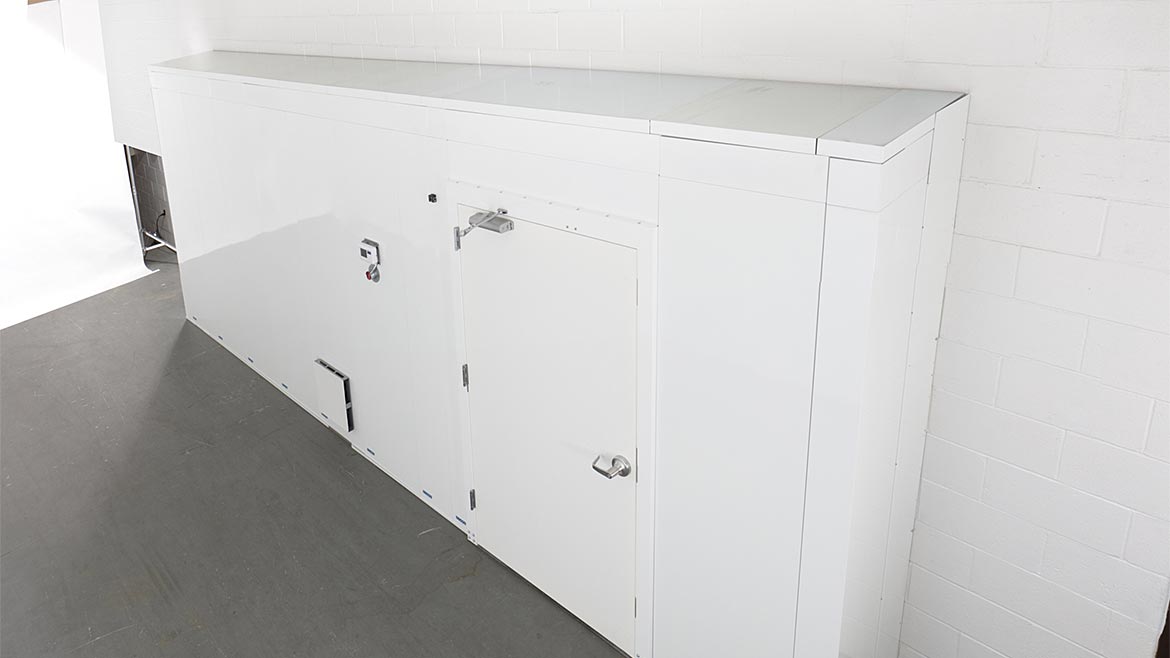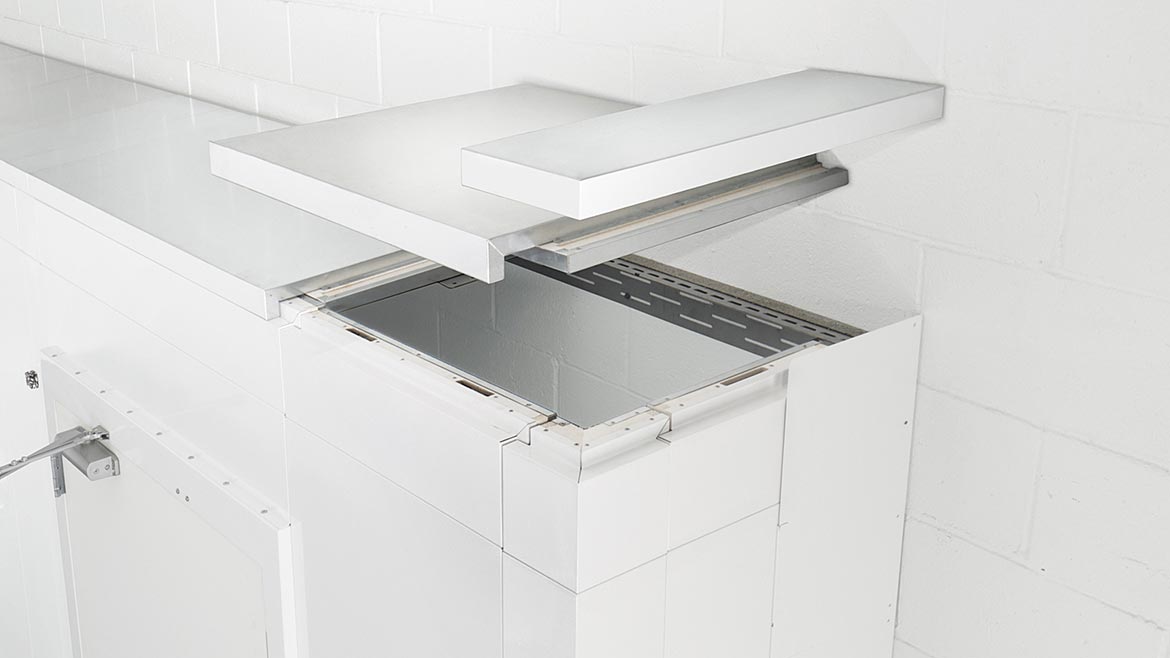Owners, as well as design and construction teams, are tasked with maintaining fire and life safety during renovations at health care facilities. Rising to this challenge entails more than taking the steps necessary to mitigate risk, however; it means knowing and understanding the codes and standards that provide a framework for meaningful compliance. Standards such as NFPA 241, for example—and if you’re not familiar with this one, read on, because the safety and protection of your occupants depend on it.
Fire and life safety in health care occupancies is always important because the patients inside hospitals are incapable of self-preservation, meaning they are unable to evacuate and protect themselves in the event of fire and smoke. During times of construction and renovation in areas adjacent to occupied areas, the focus on fire and life safety must be heightened.

Meeting Minimum Requirements
Codes and standards aren’t perfect—but they have been developed and refined over the years and they set the minimum requirements.
For good reason, CMS and Accrediting Organization surveyors continue to put a keen focus on the implemented mitigation measures to ensure patients are protected and staff in the surrounding area are trained on the rapid removal of patients, if necessary.
Unfortunately, not all owner, design and construction teams understand all of the code requirements that set the minimum requirements for protecting these vulnerable occupants during times of construction and renovation activities.

Understanding the Codes
The Life Safety Code (NFPA 101 – 2012) requires, in new and existing health care and ambulatory health care occupancies, that affected areas comply with NFPA 241 during times of construction or renovation. NFPA 241 is the Standard for Safeguarding Construction, Alteration and Demolition Operations.
This standard has many requirements to help ensure that the area is properly protected and patients remain safe. Consider the following examples:
- The owner is required to designate a fire prevention program manager.
- The fire prevention program manager is responsible for ensuring fire extinguishers are properly located and sufficient in quantity, and all workers have been properly trained.
- The fire prevention program manager also oversees the hot work permitting system, confirms that a weekly inspection program is implemented and authorizes impairments to the fire protection (or fire alarm) systems.
- If standpipe systems are being modified or added, they must be maintained with the progress of construction so they are always available for the fire department—a critical requirement that ensures water is available for the firefighters if it is needed.

The Most Overlooked Requirement (Don’t Make This Mistake)
The most overlooked mitigation measure during renovations is the requirement to separate the construction area from all occupied spaces with a one-hour fire barrier. Another option is to ensure both the construction area and the occupied spaces have an NFPA 13-compliant automatic sprinkler system.
Using a Fire Barrier
If the one-hour fire barrier option is used, it must be constructed as a UL-listed assembly and it must extend from the floor to the deck above. This can be very difficult in existing occupancies due to existing utilities, such as ductwork, cables, conduits, etc., above the ceiling.
This work may require cutting and patching around the existing utilities. Bear in mind, part of a compliant fire barrier is compliant firestopping for all through and membrane penetrations. There are pre-built UL-listed assemblies out there for teams to consider. A good example is FireblockWall, a reusable temporary containment system that exceeds ASTM E119 and E84 Class A requirements. It expedites the installation process and offers several key advantages.

Employing the Sprinkler
If the sprinkler option is used, then the space more than likely had a ceiling in place before the renovation started. In that ceiling, there were likely pendent sprinkler heads. Once the ceiling is removed, that existing sprinkler system will need to be modified from pendent sprinkler heads on drops to upright sprinkler heads on sprigs. There are specific requirements specifying where the sprinkler heads will need to be placed and how close to the deck they must be, based on the type of construction.
Sometimes, depending on construction, both a one-hour barrier and an NFPA 13-compliant automatic sprinkler system are needed. A good example is renovation projects with multiple phases, where the construction boundary line moves with each phase. In this situation, consider taking a combined approach.
Awareness and Enforcement
The lack of awareness surrounding fire safety codes leads to a lack of enforcement. Too often, these safety and mitigation measures are viewed as a check-the-box criteria rather than a living document that requires review and updating as construction scenarios evolve.
But the absence of a code’s enforcement doesn’t absolve liability when something inevitably goes wrong. Even if an incident doesn’t involve you directly, they will happen—and when they do, the pressure level of scrutiny quickly changes.
Embracing Chapter 43
The final top issue is knowing when the constructed area is required to be brought up to the new occupancy chapters of code. Chapter 43 of The Life Safety Code clearly spells this out for the various types of building rehabilitations, which are: repairs, renovations, modifications, reconstruction, change of use or occupancy classification, and additions. A review of Chapter 43 is critical to ensuring compliance for each project in an existing building.
Knowing and understanding the codes and standards that provide a framework for compliance is critical to prioritizing life safety during health care renovation projects. However, it’s important to remember that these codes and standards represent minimum requirements. As such, they may not provide the level of life safety appropriate for the project to truly protect the patient. Owners, design and construction teams should keep in mind, that if you don’t set the minimum standards and requirements, someone else will set them for you.
Images courtesy of STARC Systems





Report Abusive Comment